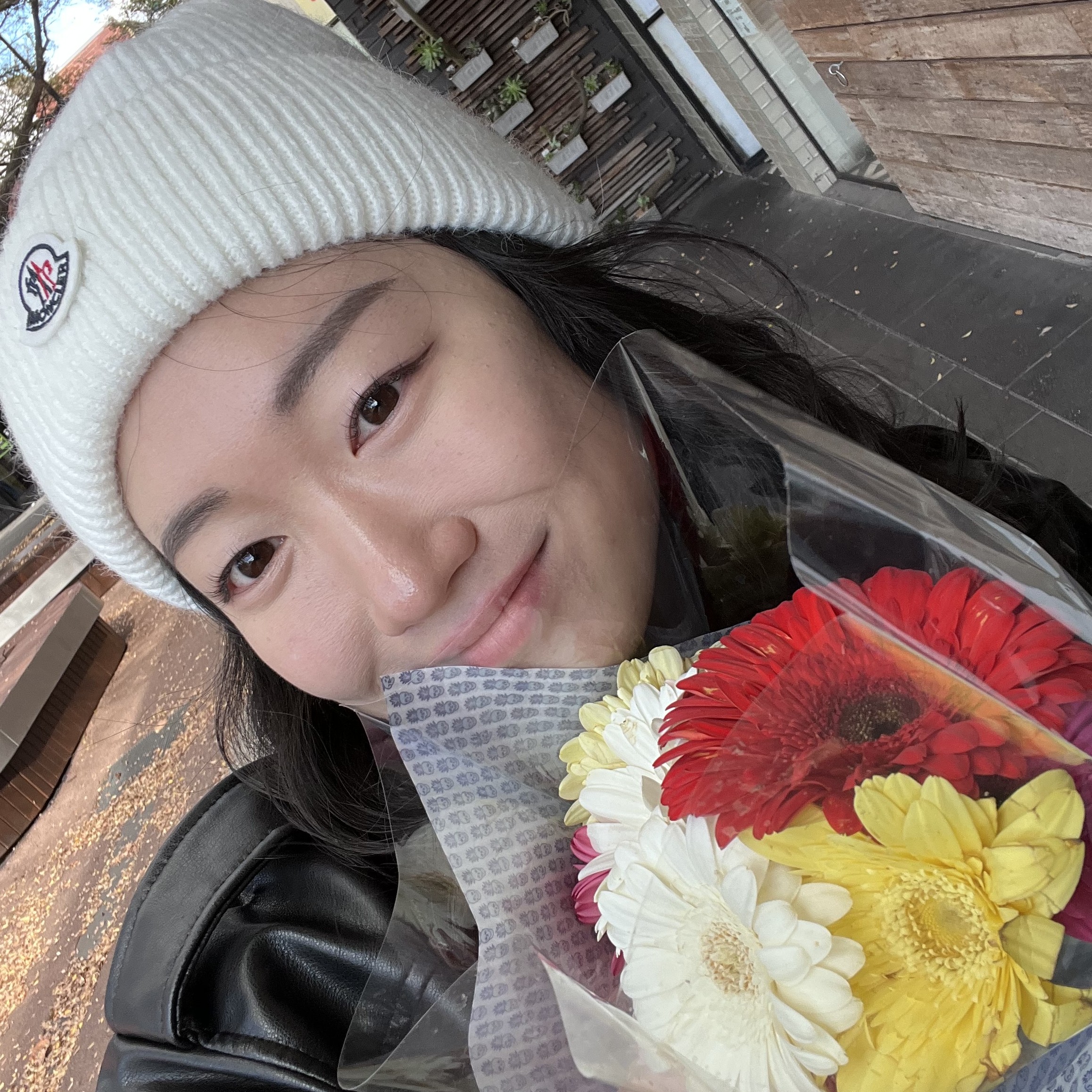Problem Solving and Search (COMP30024 W2)
Updated:
Problem-solving agents
Based on the percept and the environment, find out what action it should take.

This is offline problem solving; online problem solving involves acting without complete knowledge of the problem and solution.
Example: Romania (travel planning)
Holiday in Romania; currently in Arad. Flight leaves tomorrow from Bucharest.
- Steps to take
- Formulate goal: be in Bucharest
- Formulate problem: states - various cities / operators (actions) - drive between cities
- Find solution: sequence of cities (i.e. Arad, Sibiu, Fagaras, Bucharest)
- Single-state problem formation
- “single state”: Environment is completely observable, we know which city we are currently in. (read the road sign, etc.)
- A problem is defined by four items:
- *initial state*: e.g. “at Arad”
- *actions* (or successor function S(x))
- A graph defines all possible actions
- Sometimes refered to as “operators”
- e.g. Arad to Zerind, Arad to Sibiu, etc.
- *goal test*, can be
- explicit: exact state. e.g. x = “at Bucharest”
- implicit: properties of rule to apply. e.g. “in the west border of Romania”, Checkmate in chess
- *path cost* (additive): e.g. sum of distances, number of actions executed, etc.
- A solution is a sequence of actions leading from the initial state to a goal state
-
Selecting a state space State space must be abstracted for problem solving, to make the problem sufficiently realistic.
- (abstract) state = set of real states
- e.g. Being in Arad = being in lots of different distincts in Arad
- (abstract) action = complex combination of real actions
- e.g. “Arad → Zerind” represents a complex set of possible routes, detours, rest stops, etc.
- For guaranteed realizability, any real state “in Arad” must get to some real state “in Zerind”.
- Each abstract action should be “easier” than the original problem.
- (abstract) solution = set of real paths that are solutions in the real world
- (abstract) state = set of real states
- Example: The 8-puzzle
- States: integer locations of the tiles (ignore intermediate positions)
- Actions: move blank left, right, up, down (ignore unjamming etc.)
- Goal test: goal state (given)
- Path cost: 1 per move
- Optimal solution of n-Puzzle family is NP-hard.
- Example: robotic assembly
- States: real-valued coordinates of robot joint angles, parts of the object to be assembled.
- The robot joint and the object part locations are specified as real continuous values
- Actions: continuous motions of robot joints
- Goal test: complete assembly with no robot included
- final coordinates of the part components (not the state of the robot)
- Path cost: time to execute
- How long it takes to move each joint
- Made simultaneously or sequentially?
- States: real-valued coordinates of robot joint angles, parts of the object to be assembled.
Search algorithms
-
General Search

- Offline, simulated exploration of state space by generating successors of already-explored states (a.k.a. expanding states)
- Example: getting from Arad to Bucharest

- Comments
- It is possible to have loops
- links are bidirectional; need to test and keep track to avoid infinite loops
- State space in this problem: 20 cities, but size of the tree can be infinite
- State space != size of the search tree
- It is possible to have loops
- Comments
-
Implementation of search algorithms

- States vs. nodes
- A node is a data structure constituting part of a search tree, which includes parent, children, depth, path cost g(x)
- A state is a (representation of) physical configuration (does not have parent, children, etc.)
- The
EXPANDfunction creates new nodes, filling in various fields and usingOPERATORS(orACTIONS) of problem to create the corresponding states.
- States vs. nodes
-
Search strategies
- A strategy is defined by picking the
order of node expansion - Strategies are evaluated along the following dimensions:
- completeness: does it always find a solution if one exists?
- time complexity: number of nodes generated/expanded
- space complexity: maximum number of nodes in memory
- optimality: does it always find a least-cost solution?
- Time and space complexity are measured in terms of:
b- maximum branching factor of the search tree (i.e. angles of robot arm)d- depth of the least-cost solutionm- maximum depth of the state space (may be infinite)
- A strategy is defined by picking the

Leave a comment